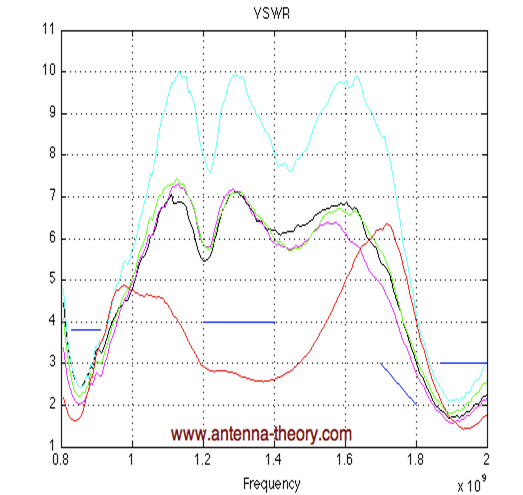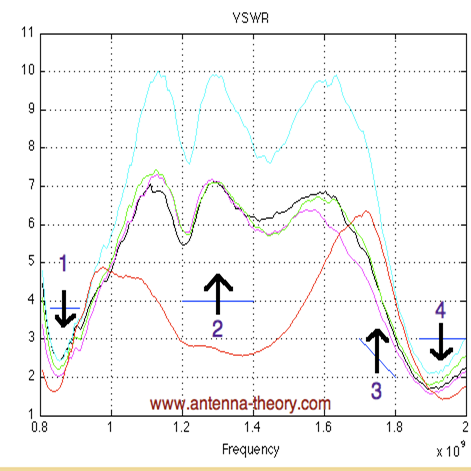Products Category
- FM Transmitter
- 0-50w 50w-1000w 2kw-10kw 10kw+
- TV Transmitter
- 0-50w 50-1kw 2kw-10kw
- FM Antenna
- TV Antenna
- Antenna Accessory
- Cable Connector Power Splitter Dummy Load
- RF Transistor
- Power Supply
- Audio Equipments
- DTV Front End Equipment
- Link System
- STL system Microwave Link system
- FM Radio
- Power Meter
- Other Products
- Special for Coronavirus
Products Tags
Fmuser Sites
- es.fmuser.net
- it.fmuser.net
- fr.fmuser.net
- de.fmuser.net
- af.fmuser.net ->Afrikaans
- sq.fmuser.net ->Albanian
- ar.fmuser.net ->Arabic
- hy.fmuser.net ->Armenian
- az.fmuser.net ->Azerbaijani
- eu.fmuser.net ->Basque
- be.fmuser.net ->Belarusian
- bg.fmuser.net ->Bulgarian
- ca.fmuser.net ->Catalan
- zh-CN.fmuser.net ->Chinese (Simplified)
- zh-TW.fmuser.net ->Chinese (Traditional)
- hr.fmuser.net ->Croatian
- cs.fmuser.net ->Czech
- da.fmuser.net ->Danish
- nl.fmuser.net ->Dutch
- et.fmuser.net ->Estonian
- tl.fmuser.net ->Filipino
- fi.fmuser.net ->Finnish
- fr.fmuser.net ->French
- gl.fmuser.net ->Galician
- ka.fmuser.net ->Georgian
- de.fmuser.net ->German
- el.fmuser.net ->Greek
- ht.fmuser.net ->Haitian Creole
- iw.fmuser.net ->Hebrew
- hi.fmuser.net ->Hindi
- hu.fmuser.net ->Hungarian
- is.fmuser.net ->Icelandic
- id.fmuser.net ->Indonesian
- ga.fmuser.net ->Irish
- it.fmuser.net ->Italian
- ja.fmuser.net ->Japanese
- ko.fmuser.net ->Korean
- lv.fmuser.net ->Latvian
- lt.fmuser.net ->Lithuanian
- mk.fmuser.net ->Macedonian
- ms.fmuser.net ->Malay
- mt.fmuser.net ->Maltese
- no.fmuser.net ->Norwegian
- fa.fmuser.net ->Persian
- pl.fmuser.net ->Polish
- pt.fmuser.net ->Portuguese
- ro.fmuser.net ->Romanian
- ru.fmuser.net ->Russian
- sr.fmuser.net ->Serbian
- sk.fmuser.net ->Slovak
- sl.fmuser.net ->Slovenian
- es.fmuser.net ->Spanish
- sw.fmuser.net ->Swahili
- sv.fmuser.net ->Swedish
- th.fmuser.net ->Thai
- tr.fmuser.net ->Turkish
- uk.fmuser.net ->Ukrainian
- ur.fmuser.net ->Urdu
- vi.fmuser.net ->Vietnamese
- cy.fmuser.net ->Welsh
- yi.fmuser.net ->Yiddish
How to Calculate Voltage Standing Wave Ratio?
For a radio (transmitter or receiver) to deliver power to an antenna, the impedance of the radio and transmission line must be well matched to the antenna's impedance. The parameter VSWR is a measure that numerically describes how well the antenna is impedance matched to the radio or transmission line it is connected to.
VSWR stands for Voltage Standing Wave Ratio, and is also
referred to as Standing Wave Ratio (SWR). VSWR is a function of the reflection
coefficient, which describes the power reflected from the antenna. If the
reflection coefficient is given by  .
.
The reflection coefficient is also known as s11 or return loss. See the vswr table below to see a numerical mapping between reflected power, s11 and VSWR. If you don't want to go through complicated equations to understand the relationship between VSWR, mismatch loss, s11/gamma and would like a calculator to do it for you, check out our VSWR calculator page and we'll do the VSWR conversion for you.
The VSWR is always a real and positive number for antennas. The smaller the VSWR is, the better the antenna is matched to the transmission line and the more power is delivered to the antenna. The minimum VSWR is 1.0. In this case, no power is reflected from the antenna, which is ideal.
Often antennas must satisfy a bandwidth requirement that is given in terms of VSWR. For instance, an antenna might claim to operate from 100-200 MHz with VSWR<3. This implies that the VSWR is less than 3.0 over the specified frequency range. This VSWR specifications also imples that the reflection coefficient is less than 0.5 (i.e., reflection coefficient<0.5) over the quoted frequency range.
Physical Meaning of VSWR
VSWR is determined from the voltage measured along a transmission line leading to an antenna. VSWR is the ratio of the peak amplitude of a standing wave to the minimum amplitude of a standing wave, as seen in the following Figure:

In industry, VSWR is sometimes pronounced "viz-wer"
When an antenna is not matched to the receiver, power is reflected (so that the reflection coefficient, , is not zero). This causes a "reflected voltage wave", which creates standing waves along the transmission line. The result are the peaks and valleys as seen in Figure 1. If the VSWR = 1.0, there would be no reflected power and the voltage would have a constant magnitude along the transmission line.
VSWR, Reflected Power, and s11
Is a VSWR of 3 bad? How bad is a VSWR of 12? Well, there are no hard rules. In this section, we'll try to put the VSWR number in context. Below is a table showing the relationship between VSWR, total reflected power, and (also known as s11), and total reflected power. Note that the reflected power is simply the reflection coefficient squared.
In the above table, a VSWR of 4 has 36% of power delivered by the receiver reflected from the antenna (64% of the power is delivered to the antenna). Note that a reflected power of 0 dB indicates all of the power is reflected (100%), whereas -10 dB indicates 10% of the power is reflected. If all the power is reflected, the VSWR would be infinite.
Note that VSWR is a highly non-linear function of the reflection coefficient . That is, there is very little difference in reflected power when the VSWR increases from 9 to 10; however there is an 11% change in reflected power when the VSWR changes from 1 to 2.

In general, if the VSWR is under 2 the antenna match is considered very good and little would be gained by impedance matching. As the VSWR increases, there are 2 main negatives. The first is obvious: more power is reflected from the antenna and therefore not transmitted. However, another problem arises. As VSWR increases, more power is reflected to the radio, which is transmitting. Large amounts of reflected power can damage the radio. In addition, radios have trouble transmitting the correct information bits when the antenna is poorly matched (this is numerically defined in terms of another metric, EVM - Error Vector Magnitude).
VSWR Specs for Antennas
Often in industry, antennas are screened (pass/fail criteria) based on VSWR specifications (VSWR specs). This is a method of measuring the antennas passively to determine if they are properly tuned in a quick manner. The antenna is measured with a network analyzer, and the VSWR as a function of frequency is recorded. As an example, consider this situation where the VSWR of 5 antennas are measured and plotted, along with 4 lines that represent the VSWR specs for this antenna (in blue):

The VSWR specs in Figure 2 are defined by:
(1) VSWR < 3.8 for 825MHz < f < 910 MHz
(2) VSWR > 4.0 for 1200MHz < f < 1400 MHz
(3) VSWR > 3.0 at f = 1.7 GHz, linearly reduced to VSWR > 2.0 at f = 1.8 GHz
(4) VSWR < 3.0 for 1860MHz < f < 2000 MHz
In Figure 2, the red VSWR curve antenna would fail the second spec, and the light blue VSWR curve antenna would (marginally) fail the fourth specification. This is illustrated in Figure 3:

Setting VSWR specs is a somewhat tricky job for antenna engineers. The idea is to fail the outliers (detuned antennas or antennas with broken connectors, etc). However, it is difficult in practice to determine what the acceptable variance is, particularly in high-volume industries where a tight spec could fail thousands of good antennas.
Note that VSWR is a measure of how much power is delivered to an antenna. This does not mean that the antenna radiates all the power it receives. Hence, VSWR measures the potential to radiate. A low VSWR means the antenna is well-matched, but does not necessarily mean the power delivered is also radiated. An anechoic chamber or other radiated antenna test is required to determine the radiated power. VSWR alone is not sufficient to determine an antenna is functioning properly.
VSWR can also be measured on the Smith Chart. VSWR is only a scalar measurement, whereas the Smith Chart shows both magnitude and phase. See the Smith Chart page for more details.
You may also like:
What is VSWR:Voltage Standing Wave Ratio
What is VSWR and Return Loss ?

